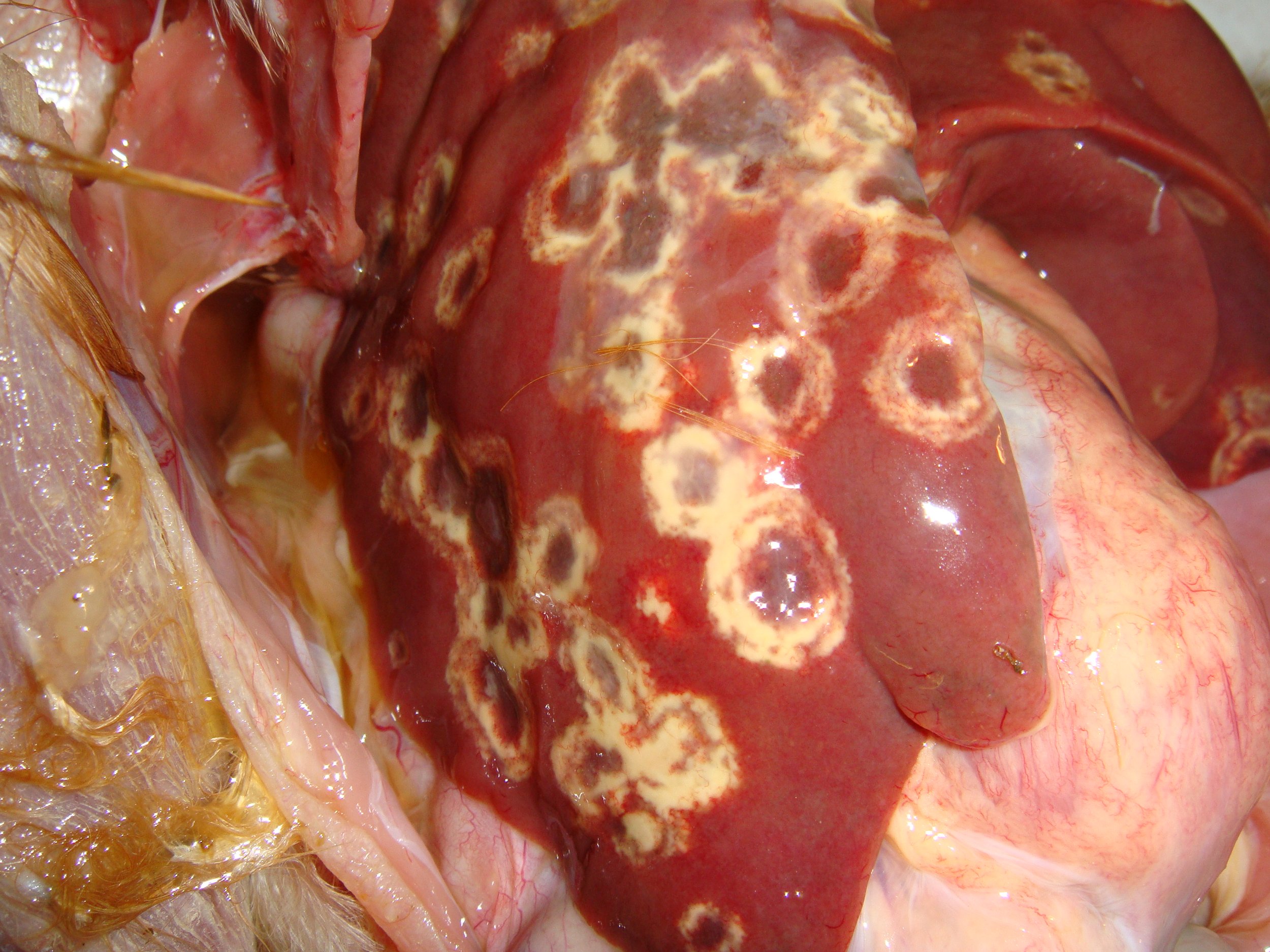Egg-scrutiating
The grueling process egg-laying hens face for egg production.
Laying an egg is a challenging and labor-intensive process that takes 24-26 hours and requires a significant amount of nutrients drawn from the hen's body. Once a yolk is fully developed, it is released from the ovary into the oviduct, a long tube made up of five different sections.
The first stop in the egg formation process is the infundibulum. It is a 3-4 inch long muscular portion of the oviduct which surrounds the ovum or yolk released from the ovary. The ovum stays in the infundibulum for 15 to 18 minutes. If the hen mates with a rooster, fertilization would occur here. However, eggs sold for human consumption are not fertilized, as most egg-laying hens never have the opportunity to mate.
The second stop is the magnum, the largest section of the oviduct at 13 inches long, is where the ovum, or yolk, stays for 3 hours while the albumen, or “egg white,” is added.
The isthmus is the third stop, where the inner and outer shell membranes of the developing egg are added over a period of 75 minutes in a constricted portion of tissue.
The longest stage of egg production takes place in the shell gland or uterus, where the shell is formed around the egg, a process that takes 20 hours or more. Eggshells are primarily made of calcium carbonate, and for each shell that is produced, the hen needs to use about 10% of the calcium stored in her bones. This constant demand for calcium due to the excessive production of eggs is a major cause of osteoporosis in egg-laying hens, as it depletes their bodies of significant amounts of calcium.
The final stage of egg production is the vagina, where the shell is coated with a thin outer layer of mucus known as the cuticle or bloom. The vagina also facilitates the passage of the egg through the vent or cloaca, which serves as the common opening for excreting urine, feces, and eggs.
Each of these stages is responsible for a specific stage of egg formation.
The eggshell is mainly made of calcium. An egg requires about 10% of a hen’s calcium from her bones to produce it. Over her 18-24 month lifespan, she needs 25-30 times more calcium to produce over 400 eggs than she has in her entire body. Calcium depletion can cause weakened bones, osteoporosis, and fractures, even if the hens are given calcium supplements in their diet. Hens can also suffer from fatty liver syndrome as their bodies work hard to produce the fat and protein in the yolk.
Intensive confinement can lead to cage layer fatigue, causing the hens' bodies to weaken and become too fragile to stand. This can result in egg-binding for hens unable to lay eggs. Since hens have only one orifice for defecation, urination, and laying eggs, known as their cloaca, a stuck egg in the reproductive tract can lead to infections from broken eggs. These infections can cause complications such as egg yolk peritonitis, prolapses, and ovarian cancer due to the strain on the reproductive system from excessive egg laying.
When it comes to ovarian cancer, the egg-laying hen is the only non-human animal that naturally develops ovarian cancer at a high rate. Due to their prolific ovulation, there is a strong correlation between their ovulation rate and an increased risk of ovarian cancer. Because of this, egg-laying hens are considered ideal models for studying ovarian cancer in humans.
Egg-laying hens also develop other serious disorders, ailments, and diseases that severely hinder their way of life and wellness. These include, but are not limited to Mycoplasma gallisepticum (MG), Blackhead disease, and Marek's disease. These health issues are largely attributed to the stress imposed on hens by the egg industry.
The inordinately high rates of labor-intensive, energy-depleting egg production that modern hens are forced to sustain means that even on small farms and backyard chicken operations, hens are essentially imprisoned inside their own bodies. By the time hens reach the slaughterhouse at 12 months to 2 years of age, their wing and leg bones are frequently riddled with painful breaks.
No matter if your eggs are caged, free-range, or backyard, eggs come from the same systematically cruel, inhumane, exploitative, and anti-feminist view and execution. The consumption, production, and demand for eggs encourage the brutal torture and exploitation of female chickens while benefiting from systems that abuse a female’s sexual reproduction cycle, body, children, and life.
To learn more about the egg industry, read “Are Men Useless?” and “Exploited for Eggs.”










